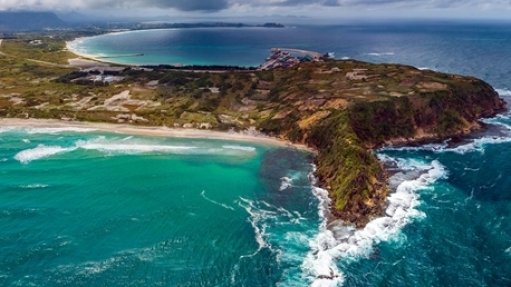
PERTH (miningweekly.com) – An independent community study into the Rio Tinto QIT Madagascar Minerals (QMM) ilmenite mine, in Madagascar, has concluded that there is no need for heightened health concerns around local radiation levels.
Mining major Rio Tinto said that the analysis received on the five cycles covering various seasons from November 2019 to October 2022 showed that local food sources, water, air and dust are safe from a radiological perspective.
QMM’s contribution to radiation dose within the community has been assessed and found to be far smaller than the variation in natural background radiation levels and below national and international regulatory limits for radiation by international environmental experts, JBS&G Australia.
The study is one of the most comprehensive of its type ever undertaken and was commissioned as one of a number of steps QMM is taking to reinforce international best practices and standards in monitoring its environmental impacts, and the impacts on host communities, Rio said.
The study was initiated in an attempt to quantify the surrounding community member radiation doses from naturally occurring radioactive materials and any contributions from mining activity. It involved collecting samples containing radionuclides within surface water, groundwater, soil, sediment, land foods, aquatic foods, air and dust. In all, more than 260 samples were collected under strict quality control conditions and analysed using a variety of highly specialised analytical techniques that were adapted to ensure reliable and precise data.
The report has been shared with the Office National de l’Environnement and Autorité Nationale De l’Eau et de l’Assainissement, which oversees ongoing radiation monitoring at QMM.
Rio told shareholders that QMM remains committed to managing radiation and water quality at its operations, and to transparently working with the regulator and our host communities to ensure effective monitoring occurs at appropriate intervals aligned with international guidelines and local requirements.